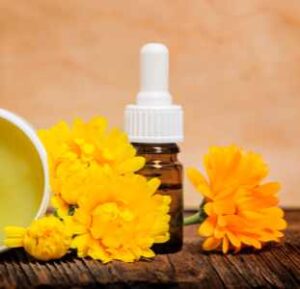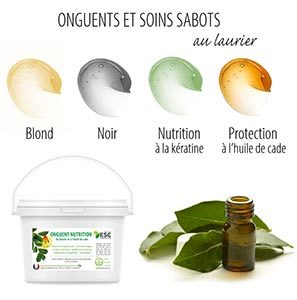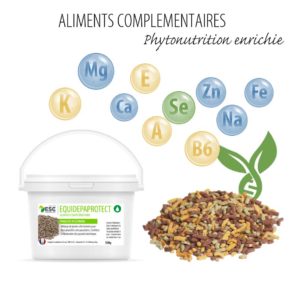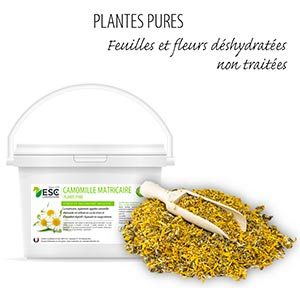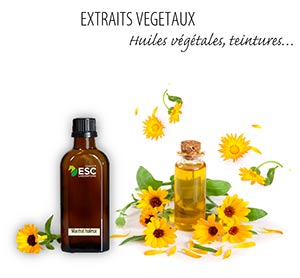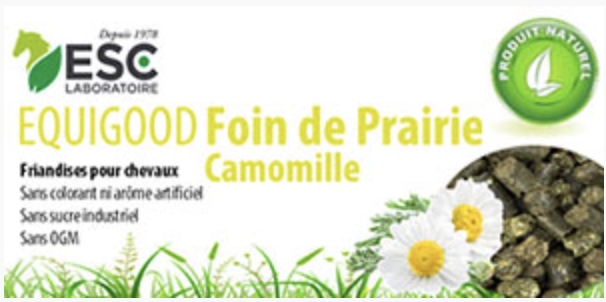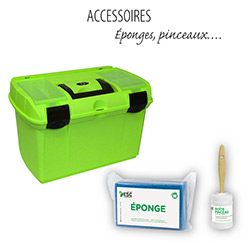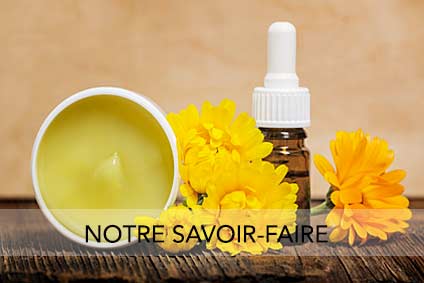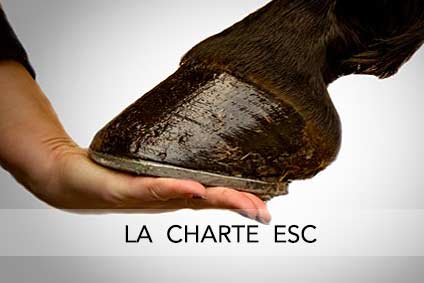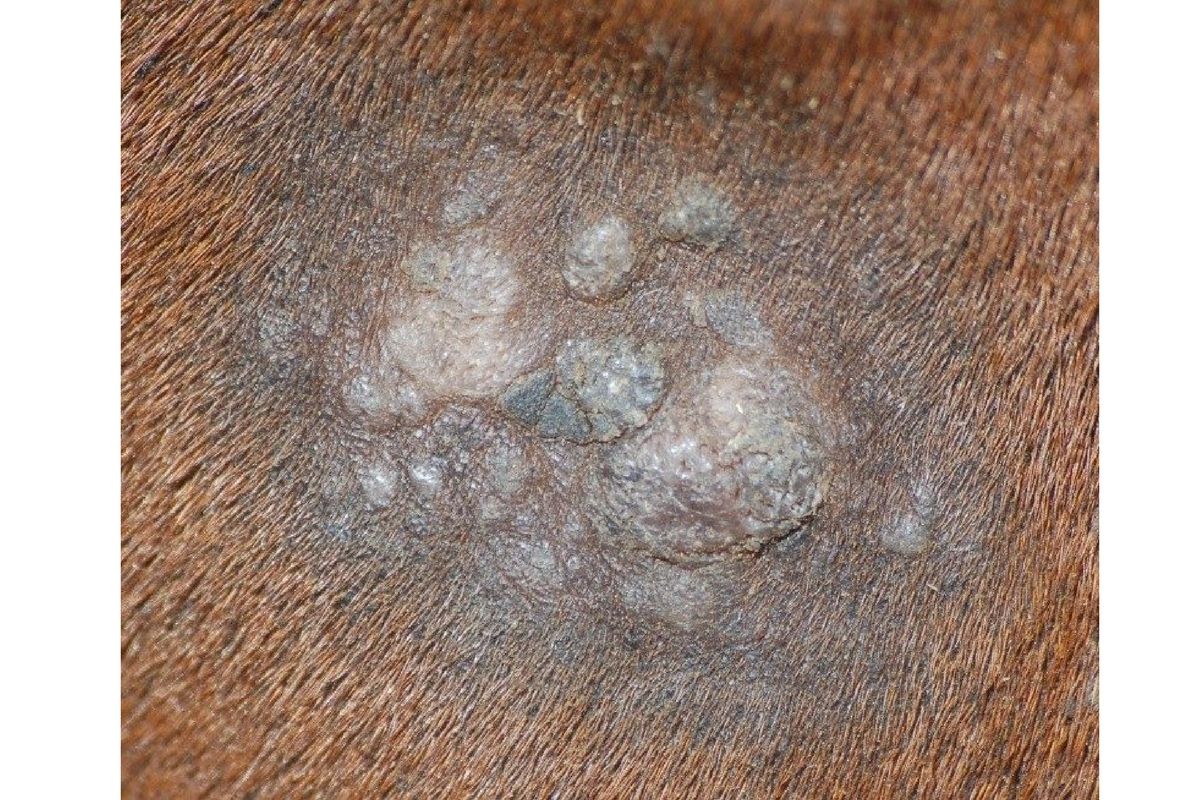Sarcoid in horses: definition and causes
Riders often talk about wart to designate a depilated, greyish, flat or raised and sometimes cauliflower-like area on the skin of their horse, it is actually a dermal tumor. There are 3 types in horses: papillomas, sarcoids and melanomas.
The sarcoid is the most common form of skin tumour in horses. Non painful, it is generally benign but can be annoying or even disabling depending on where it's placed on the body. More than 50% of sarcoids are located on the limbs, 32% are found on the head and neck while the rest are preferentially located on the thorax, abdomen, flanks and foreskin. They can be disabling in areas of friction such as when passing a strap or in sensitive areas (around the eyes, lips...).
There are 5 types of sarcoids that can be differentiated by location and appearance, malignant sarcoid being very rare. They may be single or multiple but do not usually bother the horse. When you identify a mass on your horse, it is always important to keep a close eye on it. Indeed, apart from the aesthetic aspect, if a mass does not grow, then it is not worrying. When it starts to grow suddenly, it is necessary to call the veterinarian. In order to make a reliable diagnosis and consider the most effective treatment, the veterinarian will have to check the composition of the sarcoid by puncture or remove it surgically to identify what type of sarcoid it is.
The horse's sarcoids mostly develop at the site of a old wound...wound, scar or even a bug bite. It seems that a genetic factor combined with the presence of bovine papillomavirus (HPV) favours their appearance. It is possible that the sarcoid could be contagious if the horse carries the gene in question.
Treatment
The treatment of the wart depends largely on the type of sarcoid and the treatment used. location on the body of the horse. It is not uncommon for them to appear near the nose, eyes or scabbard, which makes their treatment delicate. The other factor to consider is the risk of recidivismThe level of the dose may be higher or lower depending on the type of sarcoid and the treatment used.
Surgery allows the tumour to be removed under local or general anaesthesia. The price of the operation is not very high and if it is done early, the removal of the tumour helps to limit recurrences. It is also possible to treat the wart by cryotherapy, chemotherapy, electrotherapy, radiotherapy or laser therapy. Your veterinarian is in the best position to advise you.
Finally, to help the resorption of sarcoids, there are different ways of natural methods and products based on plants specific is the treatment offered by ESC Laboratory. This treatment can be carried out in parallel with the various drug treatments mentioned above, but the phytotherapy is also very effective on its own for small, unobtrusive sarcoids.
Indeed, for local skin application, you can use our product Hippo wartsA treatment enriched with selected essential oils to eliminate warts and sarcoids from the equine epidermis by drying them out.
- Tea Tree essential oil contains many monoterpenols, broad-spectrum molecules that neutralize bacteria and fungi.
- Geranium essential oil, rich in monoterpenic alcohols, esters and ketones, is an oil that helps to fight against bacteria and fungi.
- Thyme essential oil, dermocaustic, cleanses the epidermis thanks to the presence of thymol and can be very effective in case of skin problems.
In addition, in the management of sarcoids, phytotherapy has a role to play mainly in the immune boosting so that the horse can fight the cancer cells. And so.., The parallel use of suitable feed supplements will support your horse's immune system during the treatment.
For this, we can use :
In pure plants :
-
Echinacea or Echinacea angustifolia which is a plant of the Asteraceae family native to North America. This unique plant is traditionally used to support and stimulate the horse's immunity.
- Garlic, Allium sativum. It is the bulb of this plant which is used in phytotherapy for the alliicin it contains. It is a sulphurous substance derived from alliicin. Garlic is also very rich in polysaccharides, selenium and vitamins A, B, C and E. It has many properties, including a preventive effect of cancer promotion. It is for this purpose that it is used in the treatment of a wart. Garlic powder is used at a rate of 15 to 20 grams per day in the horse's ration. One must simply be careful if the horse needs surgery to remove the sarcoid, since garlic decreases blood clotting. In case of surgery, the treatment should be stopped several days before. [1]
- Thyme, Thymus vulgarisThe aerial parts of which are used in phytotherapy. They are rich in phenol, flavonoid and thymol acids. This plant has many properties. In this indication it is used for its powerful antioxidant action, thanks to thymol and polymethoxyflavones, as well as for its immuno-stimulant role. It is used in infusion, at a rate of 50 grams in one to two liters of water, morning and evening. [1]
In a mixture of plants :
- Fortimix. It is a unique blend of 9 plants (SEAWEED - BURDOCK - MILK THISTLE - CHICORY - ROSEHIP - ECHINACEA - GINKGO BILOBA - NETTLE) which contribute to the development of the immune system. Fortimix also participates in draining the body and strengthening the intestinal flora.
1] Thesis Therapeutic accompaniment of the athletic horse by the dispensing pharmacist in phytotherapy, aromatherapy and homeopathy.by Mathilde Hepp
Note: If you do not wish to use pure essential oils on the wart, or if the horse is too sensitive to it, you can apply Thuja mother tincture every day with a compress on the wart.


